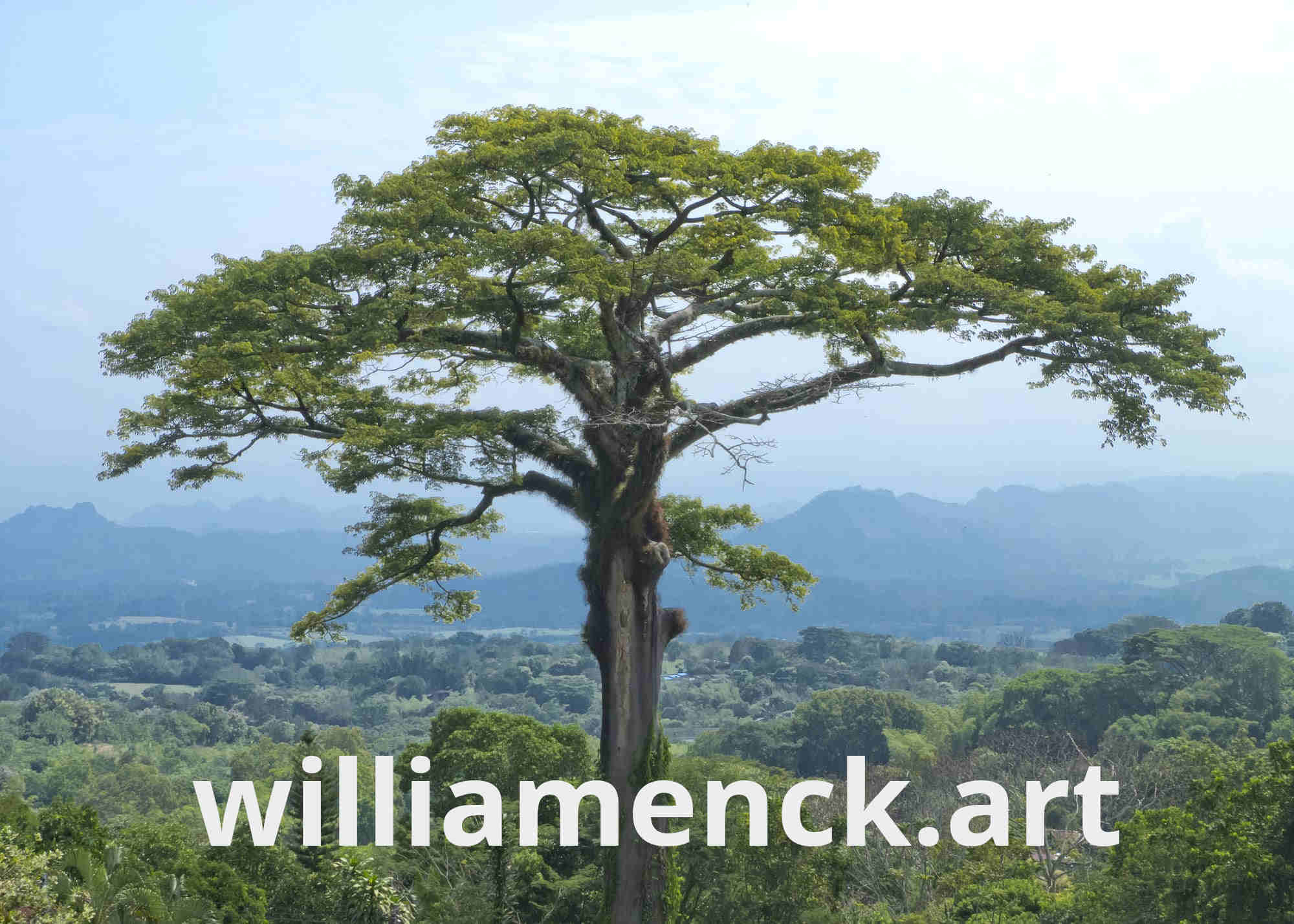Adobe Construction


We excavated 7 feet out of the side of our mountain in Chiapas for our construction site. The excavated dirt and gravel will be used to fill the earthbags. The oak timber cleared will serve for roof beams.

The first courses of earthbags are with filled and tamped with gravel so as to protect the base of the house from moisture. As this first course of earthbags is sitting on hard gravel there is no need for a conventional concrete foundation. As we are building on a slope, I used a layer of cement block and mortar only on the lowest side to make the foundation level before placing the first layer of gravel-filled bags. In fact, most earthbag constructions do not use concrete foundations but rather a rubble-filled foundation in the traditional style of European foundations that Frank Lloyd Wright revived in the 20th century.

Earthbag constructions are very sturdy and earthquake resistant. With a design of continuous and interconnected hexagonal rooms all of the walls are tied together and are less likely to shift. Also, the bags of adobe are 22 inches wide 32 inches long, which gives each bag a great overlap over lower ones. During an earthquake giant adobe earthbags can simply accomodate themselves without falling while smaller, traditional adobes may dislocate and fall. Also, the thick walls remain very cool and the tropical heat does not penetrate them and heat up the house.

These are the first few layers of earthbag adobe bricks that are molded into recycled polypropylene bags. The earthbags are filled with a mixture of moist earth and sand and are tamped hard while damp so that they dry into dense, hard adobe bricks. Each layer has 2 strands of barbed wire to keep the bags from slipping. We cover them first with mud and then a lime plaster to protect them from the elements.

Don Rogelio sits atop the penultimate layer of bags. I found a friendly group of local coffee growers to help me out with the construction. They, as well as I, have built with adobe bricks but this was the first time for us to use earthbags. As campesinos, they are very practical and helped me refine construction techniques as we progressed. For a more detailed example of the earthbag construction techniques watch this short video with Owen Geiger.

A concrete bond ring is one of the few steps in superadobe construction which requires cement. This gives a firm base to build the roof and also ties all of the walls together to keep them from shifting. Vertical steel rebar hammered down to the base of the wall connects the bond ring to the adobe walls. We only use cement columns where is wall is non-continuous, like a wall that is mostly windows where only a wooden frame will be used.

An impermeable layer of sand and lime reinforced by wire mesh gives protection and a natural, smooth finish.

The house is a hive pattern of 6 connected hexagonal rooms.
Wattle And DaubPermalink
The super adobe is free material but it is very intense work. For this reason, we are going to make the bathroom, which is an external corner between two hexagons, with a wall of bahareque, a traditional Mexican method that uses a structure of reed filled with mud or “cob.” Bahareque is very similar to the technical “wattle and daub” of medieval England.


I cut more oaks from the mountain for the firm wall structure. They are anchored to a conventional concrete, gravel and rebar foundation. Between the firm oak beams we put a reed structure, which we also cut on our land. Then we are going to fill the reed structure with cob, a mixture of mud, sand, and straw.
I saw some videos on wattle and daub and a few examples in the houses nearby. They usually use mud. I decided to use cob, adding straw to the mud with sand. It has better consistency and you can add larger balls without breaking them. Therefore, it is not only faster with cob but also stronger.


You can see in the photo of the window how the cob is very smooth and does not really need a top coat inside the house. On the outside we will put a very thin layer with the same mixture of mud and sand, only with a little lime. The lime makes that the wall does not fall apart if it is stuck by the rain. The dry parts of the wall reveal the final color, whiter than earth without lime. In our mountain there is brown, red, yellow and purple mud and it could vary and / or mix these colors but I like the beige of the earth bleached with lime.
We filled in some wall spaces using glass bottles:



Roofs And CupolasPermalink

Our land was almost completely untouched by human activity. Only some large pines and oaks were cut down before we arrived. This has allowed many closely growing oaks to grow upward instead of expanding. I cut down the straightest ones and will let the rest of them grow with more space to expand and become full trees. Oak is very hard and insect resistant and lasts for centuries.

A cupola serves to ventilate and cool the house.
The second room has a different style of cupola:




As the construction nears its finishing details I will add more photos and comments to this post.
